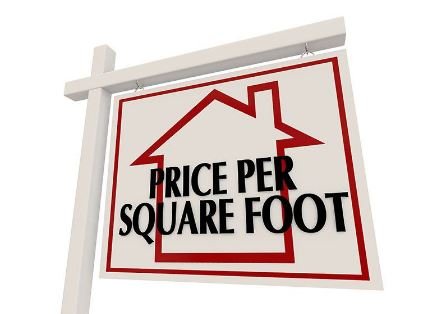Buying a home is stressful enough without an appraisal throwing a wrench in the works. But here’s the good news: if your appraisal comes back lower than expected, there’s a way to challenge it. It’s called a Reconsideration of Value (ROV), and it’s a tool that can save the deal, reduce buyer stress, and make real estate agents look like heroes.
What’s an ROV, Anyway?
An ROV is simply a request to re-examine an appraisal when you think it missed the mark. Say you’re all set to buy your dream home, but then the appraisal says it’s worth less than what you offered. Ouch. That could mean paying more upfront or, worse, the deal falling apart. But don’t sweat it just yet—the ROV gives your lender a chance to say, “Hey, appraiser, maybe take another look?”
The new federal guidance on ROVs has already been issued, so the process is live now! Financial institutions are now implementing these policies to make sure homebuyers and their agents can request reconsiderations when appraisals seem off. So, if you’re currently in the homebuying process—or will be soon—you have this valuable option at your disposal.
How Does the ROV Process Work?
It’s pretty simple:
Submit the request: The buyer (through their lender) requests the appraiser to reconsider their valuation. This happens when there’s new or overlooked information—like alternate sales that were not included in the report or errors/omissions in the original report—that could change the value.
The appraiser reviews it: The original appraiser takes a second look at the new info. They’ll either update the valuation or explain why they’re sticking with the original one.
Outcome: With any luck, the new information helps adjust the valuation. But even if it doesn’t, you’ll know that the appraisal got a thorough second look.
For agents, you’re key to making this happen. You’ll help the buyer gather the right data and submit it, and guide them through the process. Think of it as adding “deal-saving superhero” to your list of skills.
An ROV is a game-changer. For buyers, it’s peace of mind—knowing they don’t have to accept a lowball appraisal. For agents, it’s an essential tool to keep deals moving smoothly.
So, when that appraisal doesn’t seem quite right, don’t panic—consider an ROV. This process is live and ready to use today, so buyers and agents can feel empowered to challenge valuations and keep those deals rolling.
In today’s real estate market, knowing when and how to use an ROV could be the key to closing more deals. Keep it in your toolkit—you never know when you might need it!













